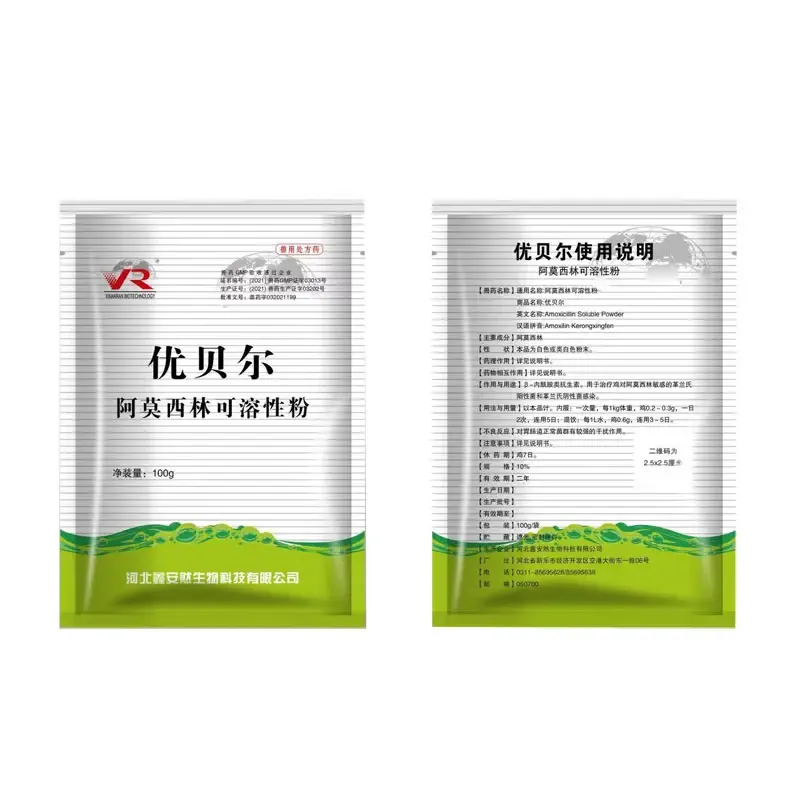- Afrikaans
- Albanian
- Amharic
- Arabic
- Armenian
- Azerbaijani
- Basque
- Belarusian
- Bengali
- Bosnian
- Bulgarian
- Catalan
- Cebuano
- Corsican
- Croatian
- Czech
- Danish
- Dutch
- English
- Esperanto
- Estonian
- Finnish
- French
- Frisian
- Galician
- Georgian
- German
- Greek
- Gujarati
- Haitian Creole
- hausa
- hawaiian
- Hebrew
- Hindi
- Miao
- Hungarian
- Icelandic
- igbo
- Indonesian
- irish
- Italian
- Japanese
- Javanese
- Kannada
- kazakh
- Khmer
- Rwandese
- Korean
- Kurdish
- Kyrgyz
- Lao
- Latin
- Latvian
- Lithuanian
- Luxembourgish
- Macedonian
- Malgashi
- Malay
- Malayalam
- Maltese
- Maori
- Marathi
- Mongolian
- Myanmar
- Nepali
- Norwegian
- Norwegian
- Occitan
- Pashto
- Persian
- Polish
- Portuguese
- Punjabi
- Romanian
- Russian
- Samoan
- Scottish Gaelic
- Serbian
- Sesotho
- Shona
- Sindhi
- Sinhala
- Slovak
- Slovenian
- Somali
- Spanish
- Sundanese
- Swahili
- Swedish
- Tagalog
- Tajik
- Tamil
- Tatar
- Telugu
- Thai
- Turkish
- Turkmen
- Ukrainian
- Urdu
- Uighur
- Uzbek
- Vietnamese
- Welsh
- Bantu
- Yiddish
- Yoruba
- Zulu
Nov . 17, 2024 22:57 Back to list
amoxicillin injection for animals
Amoxicillin Injection for Animals A Comprehensive Overview
Amoxicillin is a well-known antibiotic that is widely used in both human medicine and veterinary applications. As a member of the penicillin family, amoxicillin is effective against a broad spectrum of bacterial infections, making it a valuable tool in veterinary medicine. This article delves into the use of amoxicillin injection for animals, discussing its applications, dosage, safety, and considerations for use.
What is Amoxicillin?
Amoxicillin is a synthetic derivative of penicillin, which works by inhibiting the synthesis of bacterial cell walls, ultimately leading to the death of the bacteria. This broad-spectrum antibiotic is particularly effective against gram-positive and some gram-negative bacteria. In veterinary medicine, amoxicillin is used to treat various infections in animals, including respiratory infections, urinary tract infections, and skin infections.
Indications for Use
Amoxicillin injection is commonly prescribed for various infectious conditions in animals. It is particularly effective in treating
1. Respiratory Infections Many animals, including dogs, cats, and livestock, are susceptible to respiratory infections. Amoxicillin can help combat bacterial pneumonia and other upper respiratory infections.
2. Urinary Tract Infections Amoxicillin is frequently used to treat urinary tract infections (UTIs) in animals. It is effective against bacteria that commonly cause UTIs, helping to alleviate discomfort and prevent further complications.
3. Skin Infections Bacterial skin infections, which can occur due to wounds, bites, or dermatological conditions, can be treated effectively with amoxicillin.
4. Gastrointestinal Infections In some cases, amoxicillin may be prescribed for gastrointestinal infections caused by susceptible bacteria.
Dosage and Administration
The dosage of amoxicillin injection varies based on the type of animal, the severity of the infection, and the specific formulation used. It is crucial to follow a veterinarian's guidance for administering the correct dose. Typically, dosages range from 5 to 15 mg per kilogram of body weight, administered every 8 to 12 hours, depending on the infection being treated.
amoxicillin injection for animals

Amoxicillin can be administered intramuscularly or subcutaneously, and it is important to ensure that the injection site is clean to minimize the risk of complications. Veterinarians often provide detailed instructions on how to inject the medication safely.
Safety and Side Effects
While amoxicillin is generally considered safe for use in animals, some side effects can occur. Common side effects may include gastrointestinal disturbances such as diarrhea, vomiting, or loss of appetite. Allergic reactions, although rare, can also occur, leading to symptoms such as swelling, itching, or difficulty breathing.
It is essential to monitor animals closely after administering medication and report any adverse reactions to a veterinarian immediately. Additionally, amoxicillin should not be given to animals with a known allergy to penicillin or any of its derivatives.
Considerations for Use
When using amoxicillin injection in animals, several factors should be taken into account
1. Sensitivity Testing In some cases, conducting a sensitivity test may be advisable to ensure that the bacteria causing the infection are susceptible to amoxicillin. This is particularly important for severe infections to avoid ineffective treatment.
2. Avoiding Overuse The overuse of antibiotics, including amoxicillin, can lead to antibiotic resistance. It is crucial to adhere strictly to the veterinarian's guidelines regarding dosage and duration of treatment to mitigate this risk.
3. Combination Therapy Occasionally, veterinarians may recommend combination therapy with other antibiotics to provide a broader range of bacterial coverage, especially in complex infections.
4. Consultation with a Veterinarian Always consult a veterinarian for accurate diagnosis and treatment recommendations. Self-prescribing antibiotics can lead to complications and ineffective treatment.
Conclusion
Amoxicillin injection is a powerful antibiotic that serves as an essential treatment option for various bacterial infections in animals. When used appropriately, it can significantly enhance the health and well-being of pets and livestock. However, diligent adherence to veterinary advice and careful monitoring of the animal's condition is crucial to ensure safe and effective treatment. By understanding the applications and implications of amoxicillin, pet owners and animal caregivers can make informed decisions about their animals' health care needs.
-
Guide to Oxytetracycline Injection
NewsMar.27,2025
-
Guide to Colistin Sulphate
NewsMar.27,2025
-
Gentamicin Sulfate: Uses, Price, And Key Information
NewsMar.27,2025
-
Enrofloxacin Injection: Uses, Price, And Supplier Information
NewsMar.27,2025
-
Dexamethasone Sodium Phosphate Injection: Uses, Price, And Key Information
NewsMar.27,2025
-
Albendazole Tablet: Uses, Dosage, Cost, And Key Information
NewsMar.27,2025













